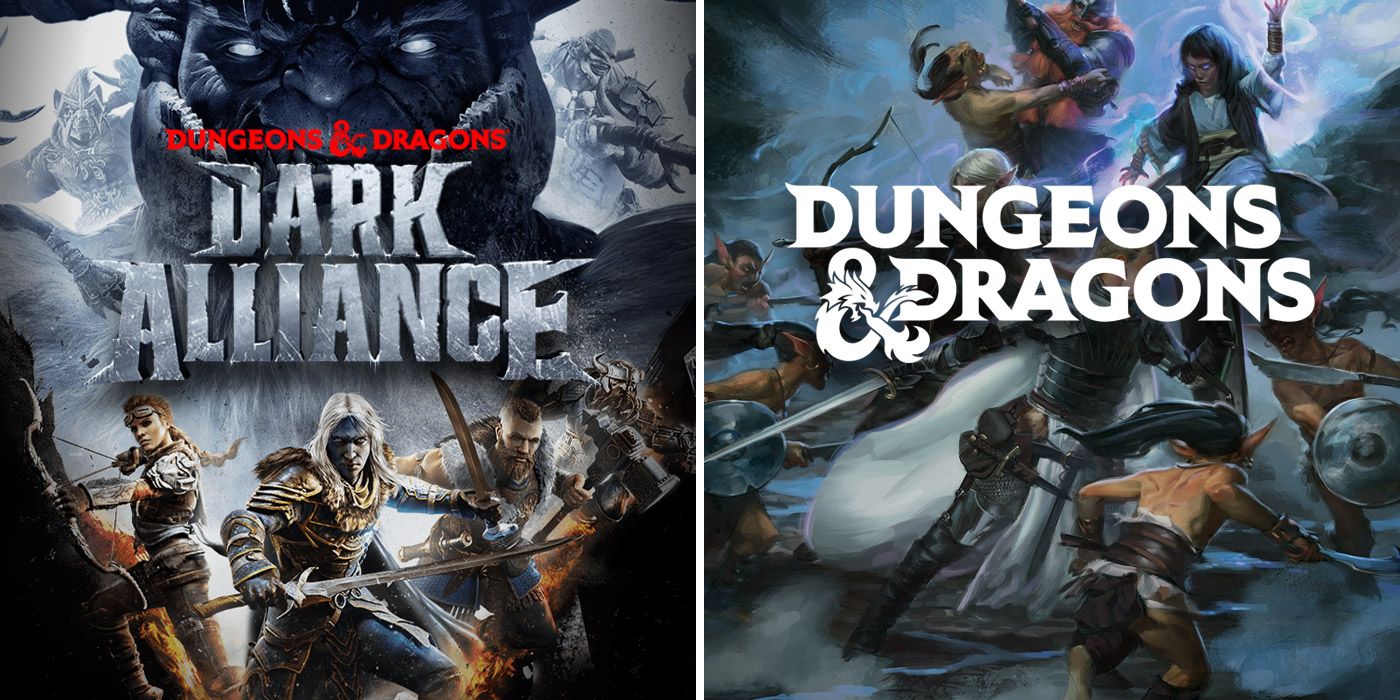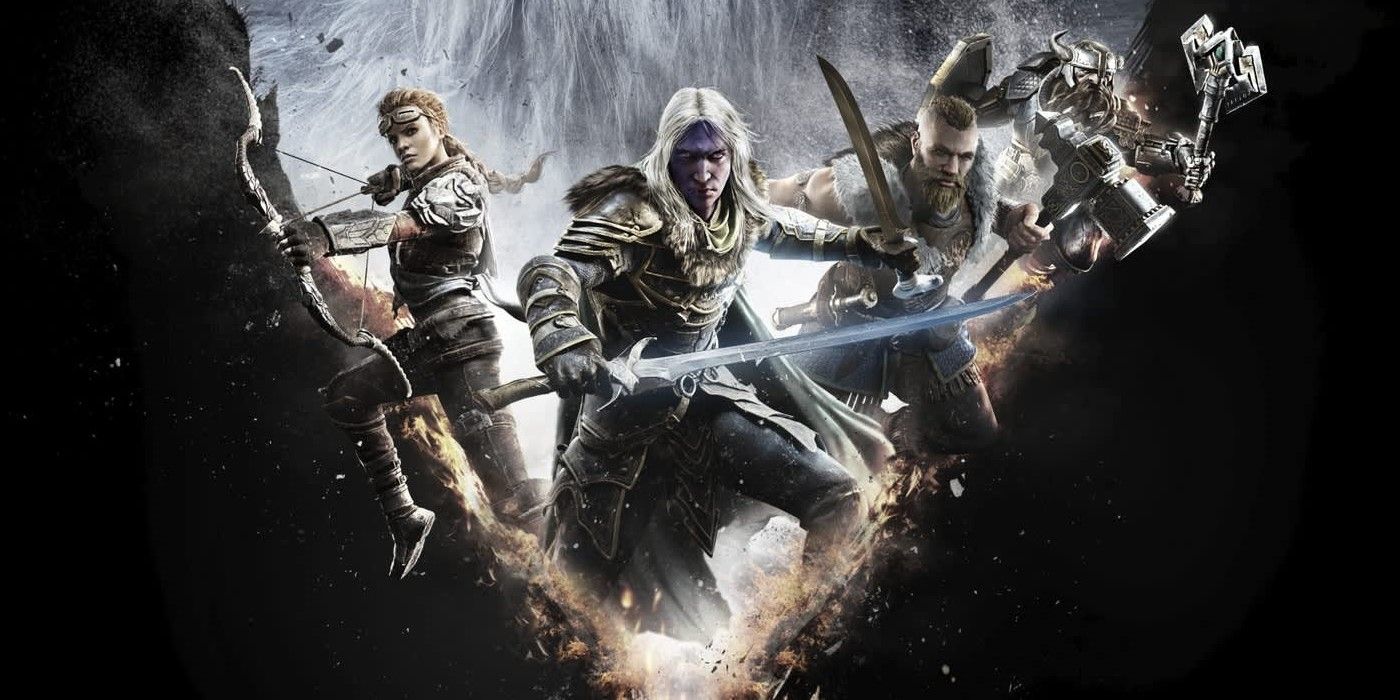
Dungeons and Dragons: Dark Alliance is the upcoming spiritual successor to the Baldur's Gate: Dark Alliance from back in the very early 2000s. The action RPG title is an adaptation of some of the core lore of the Dungeons and Dragons multiverse and is highly anticipated by many fans. Continuing to emphasize action over the more strategic gameplay of other games based on DnD doesn't mean that the game isn't still deeply tied to the tabletop games from which it was born, though.
Dungeons and Dragons: Dark Alliance seems (from what fans have seen so far) to focus on the exploits of Drizz't Do'Urden and his companions. He and party members like Cattie-Brie and Wulfgar see themselves traveling through the Icewind Dale to presumably stop an as-of-yet unclear threat, but exact details about the plot have been sparse since the game's announcement in late 2019. This setting and the involvement of R.A. Salvatore help to ground the upcoming game in the tabletop game on which it is based.
RELATED: The Future Looks Bright For Dungeons and Dragons-Based Games

The involvement of R.A. Salvatore is a big deal for Dark Alliance in regards to its roots in the tabletop game. As the creator of the character Drizz't and his companions, Salvatore has worked closely with Wizards of the Coast for years. His attention to detail will likely help keep the story of Dark Alliance in tow with where the game's main lore has expanded especially since its release of the fifth edition of Dungeons and Dragons. The setting of Icewind Dale has long been host to the adventures of Drizz't Do'Urden, but newer releases for DnD could point to even more direct ties for Dark Alliance and its tabletop roots.
Last year saw the release of Icewind Dale: Rime of the Frostmaiden, a new adventure book for DnD that saw the region of Icewind Dale trapped in a perpetual winter. The winter god Auril has decided to create an endless night in the realm of Icewind Dale, and Rime of the Frostmaiden was well received for its more sandbox approach to storytelling in a mainline sourcebook. It's possible that the long-lived Drizz't has come to deal with the situation despite its place farther into the canon's timeline. This could have interesting implications as Wizards of the Coast may be looking to somewhat unify the DnD brand with elements of the tabletop games reaching into the video game space.
Despite its focus on action gameplay, the previous Dark Alliance games still feature many mechanics pulled from the pages of its tabletop cousin. It is likely that this will continue in the new Dark Alliance. Weapon statistics are likely to display ranges of damage, a hint at the "dice rolls" happening behind the scenes. And statistics that affect scenarios outside of combat will likely come into play when dealing with shopkeeps, villagers, and leaders across Icewind Dale. Dark Alliance is just one in what will likely become a surge of DnD based games over the next couple of years and seeing how the classic tabletop elements are implemented across the different games will be interesting.
What remains to be seen will be how much will be left behind, early access for Baldur's Gate 3 has largely been positive and with that game's emphasis on more strategic combat it will likely be very different from Dark Alliance. While the styles of play are different between the two what seems to be ubiquitous is a narrative and core gameplay concepts rooted deeply in the tabletops game's past, present, and evolving future.
Dungeons and Dragons: Dark Alliance is set for PC, PS4, Switch, and Xbox One sometime in 2021.
MORE: 5 Games to Play Before Dungeons and Dragons: Dark Alliance

